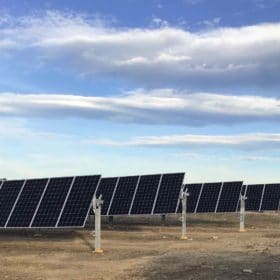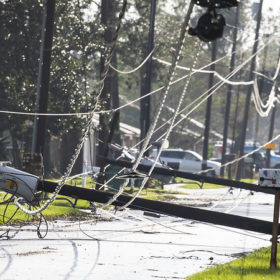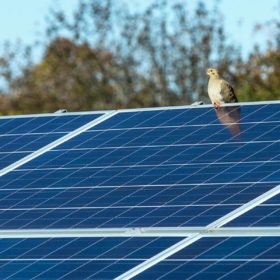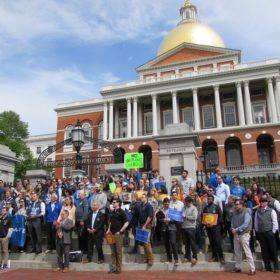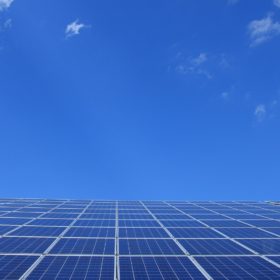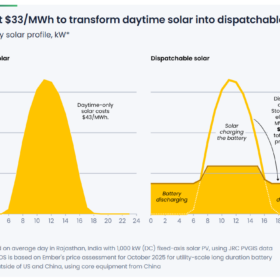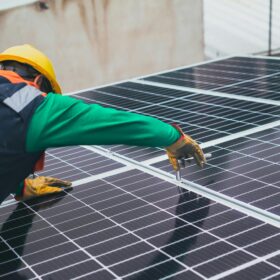New York community solar proposal “solving a problem that’s already been solved”
National Grid and NYSERDA have filed a petition with state regulators that would significantly change the opt-out community solar program structure. While this petition wasn’t filed maliciously, it could have a hugely negative effect on a flourishing market, according to one expert.
Here’s how you can help bring emergency solar to New Orleans
The Footprint Project is seeking hardware and monetary donations to construct solar power plus energy storage mobile microgrids in New Orleans. It also is the focus of a GoFundMe page.
OYA begins work on 140 MW New York community solar
The company plans to bring 140 MW of community solar online by the end of 2022, and has signed an agreement to bring as much as 240 MW to the state in the coming years.
Maryland regulators unanimously expand community solar pilot
The program’s capacity is being expanded, as is access into the program for low- and moderate-income customers.
New York’s opt-out community solar program begins, but big changes loom
The pilot allows entire communities to purchase the output of community solar farms, delivering that energy to their residents. A new proposal, however, would look to shake up project ownership.
Tennessee utility able to construct solar project thanks to TVA Flexibility Program
The 7.5 MW Dancing Horse Solar project will provide energy to power over 1000 homes across Loudon County and Monroe County, thanks to a recent TVA program that allows member utilities to meet 5% of their electrical need through distributed resources.
Sunrise brief: Vote Solar’s Adam Browning talks with pv magazine about the industry he helped shape
Also on the rise: Opening salvos are fired as the battle over solar safeguards heats up, grid-forming inverters enter prime time with DOE funding, and, ICYMI, watch a video about a gravity-based renewable energy storage tower for grid-scale operations.
Green roofs can boost solar panel efficiency, study finds
The improvements are believed to stem from lower temperatures on the green roof.
Arizona approves energy storage incentives for Tucson Electric customers
Regulators also approved expanding the utility’s community solar program and make 10 MW of solar capacity available for subscription.
Brighten Haiti aims to install solar PV on 109 schools in 2022
The group takes donations of discarded but still useful solar modules and offers solar apprenticeships to provide both training and reduced-cost PV systems to schools.
